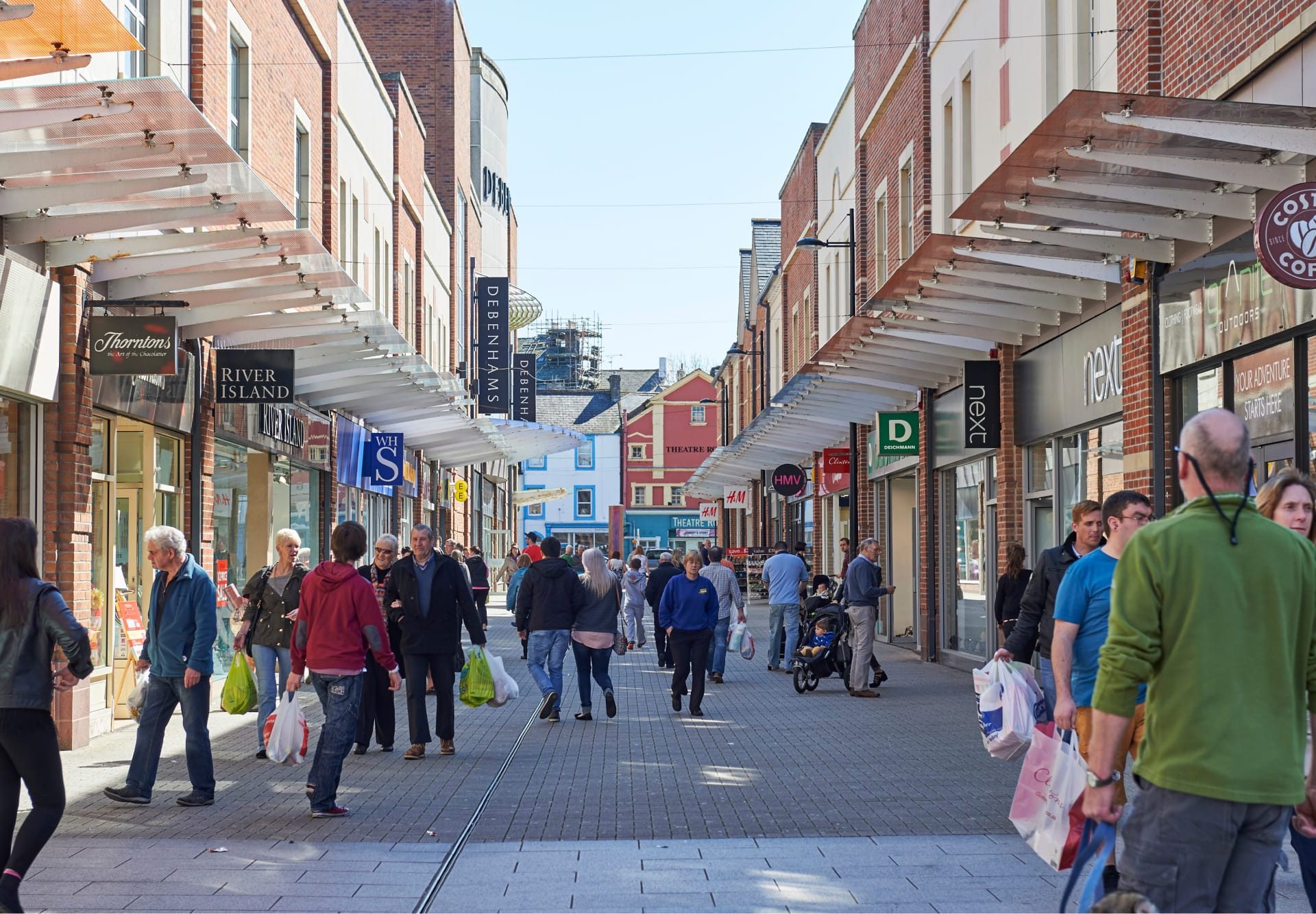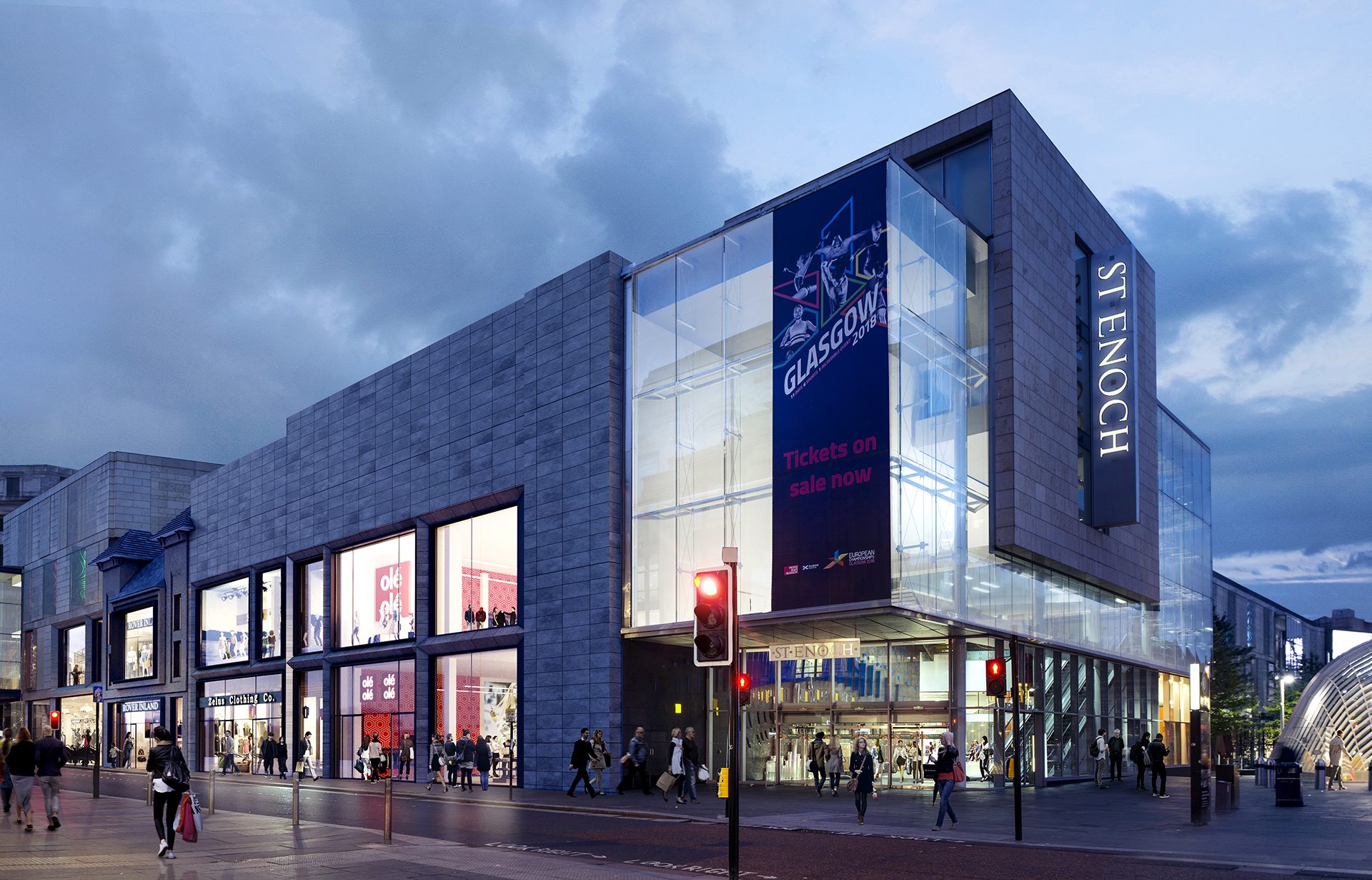The Changing of the Guard - How Retail Professional Roles are Needing to Advance – By Graeme Jones
26th March 2021
Retail property transactions this year have in many cases revolved around renegotiated occupancy terms and the protection of landlord assets, which have not really brought about or justified any form of intense bell ringing activity.
During all this retailer and landlord turmoil though, the subject matter that has consistently been raised by many organisations and industry bodies relates to the future of the town centre and our high streets. Suddenly those property businesses that had previously been focused upon concluding individual deals, are now having to think about a much bigger picture position.
Does the future direction of our town centres though require additional skills over and above those more traditional single occupational transactions? In re-imagining our high streets there are now so many stakeholders to communicate with, all of them having their own objectives or aspirations.
A Local Authority who aspire to see a bustling shopping destination within a placemaking environment that in turn creates regular business rates income.
Landlords who seek strong and guaranteed rental receipts from occupiers who have no requirement to consider CVA routes when faced with previously negotiated rent review clauses.
Retailers who will always require the best trading pitch, alongside low occupancy terms and strong footfall drivers, by being located within thriving centres and high streets.
The largest challenge is now about how to achieve a balance between all these stakeholder requirements and for those in the retail property sector to understand in detail how the economic and operational minds and balance sheets of local authorities, landlords and retailers work, to ensure the best and most comprehensive rebuilding exercise of our towns, shopping centres and high streets.
Maybe we can best explain the current landlord/agency/retailer relationship in a simple graphical form:
Traditional Leasing Model
In most cases an agent will represent either a landlord or retail tenant and agree terms, generally to the benefit of their client. In a competitive retail landscape this could mean brands looking to outbid each other in securing space, to the benefit of the landlord.
With the growth of online activity and the Pandemic experienced over the past 12 months, this position has been reversed, with the retailers perceived as having the upper hand when it comes to agreeing new occupancy or lease extension terms.
However, with all the current talk about the need for enhancement to our high streets and the many ideas being outlined throughout social media about how this can be achieved, there is now an imperative for a different form of property professional and organisation – one that can understand, manage, and effectively bring all stakeholder parties together.
This is now not about being deal-led, rather one that recognises the collaborative strengths of those individual stakeholders in facilitating a much bigger picture position.
Again, using the graphical example, the traditional leasing model could be replaced by:
1. Refers to a balanced rental position with sustainable and secure occupational terms
2. Is all about promoting planning flexibility
3. Provides for a fair and equitable business rate environment along with strong placemaking principles and aspirations
What is becoming clear is that many property professionals and organisations are beginning to reinvent themselves as we move into a new real estate environment driven by change, technology, and data. There will also need to be a well-documented overhaul of the business rate model and Landlord & Tenant Act, with the requirement for a more collaborative occupational business model.
This also applies to investors and Government, who in many cases will become the catalysts in providing the funds to make positive things happen.
When looking at the above diagrams, it struck me how much more rounded and inclusive future retail and property organisations need to be in advising and delivering positive change to our high streets and shopping centres. This resonated even more after being shown an image from a recent REVO/Lambert Smith Hampton presentation.
This highlighted the depth of skills and knowledge-based data that organisations will require if they are to genuinely rebuild the high street experience and introduce a socially inclusive community environment. The key is about delivering the most experiential shopping mission possible for the consumer, whilst creating an equitable and secure profitable position for individual stakeholders.
One example has been the liaison of Sovereign Centros with several stakeholder bodies at the Washington Square shopping centre located in Workington on the west coast of Cumbria. In representing the retailers and participating in the ‘Town Deal Board’ has brought about the promotion of several initiatives focused upon providing high quality public realm, urban and transport connectivity, and green infrastructure across the town centre.
Sovereign Centros, as one of the UK’s leading independent real estate Development Management & Asset Management organisations is now realising the benefits of data capturing throughout many property sectors, gained from their significant experience in bringing together a wide-ranging stakeholder mix from all those past and current asset and development roles and projects.
Whether advising global funds, banks and public sector bodies or working alongside retailers, residential specialists and logistics organisations, the importance of bringing together both knowledge and data from completed and existing real estate regeneration projects has never been so important.
No longer is it about celebrating individual deals and ringing one bell. The bigger picture now is about wanting to celebrate delivering a compelling new retail landscape model that supports and benefits all stakeholders and consumers alike.

